Sewing is an art form that has been practiced for centuries. From basic repairs to creating intricate designs, sewing requires a variety of tools to bring your vision to life. Whether you’re a beginner or an experienced seamstress, understanding the different sewing tools and their uses is essential to achieving professional results. Let’s explore some of the most common sewing tools and how they can enhance your sewing experience.
1. Sewing Machine
The sewing machine is a fundamental tool in any seamstress’s arsenal. It allows for precise stitching, saving time and effort compared to hand sewing. A sewing machine typically consists of a needle, thread, a feed dog mechanism, and various stitch options. By selecting the appropriate settings, you can achieve different types of stitches, including straight, zigzag, and decorative stitches.
2. Scissors
Sharp scissors are a necessity for any sewing project. They enable you to cut through fabric effortlessly and accurately. Two types of scissors are often used in sewing:
- Fabric Shears: These large, heavyweight scissors are designed specifically for cutting fabric. They have long blades that glide smoothly through fabric, ensuring clean and precise cuts.
- Thread Snips: These small, sharp scissors are perfect for clipping threads and trimming seam allowances. They are lightweight and easy to handle, making them a valuable tool for quick snipping tasks.
3. Seam Ripper
Despite our best efforts, mistakes happen during sewing. That’s where a seam ripper comes to the rescue. This small, pointed tool allows you to remove stitches without damaging the fabric. Seam rippers have a sharp blade on one end and a small ball or cap on the other, protecting the fabric from accidental cuts.
4. Tape Measure
Precision is crucial in sewing, making a tape measure an indispensable tool. Whether you’re taking body measurements or marking fabric, a flexible tape measure ensures accurate results. Look for a tape measure with both metric and imperial measurements to cater to various sewing patterns.
5. Pins and Needles
Pins and needles hold your fabric in place while sewing, preventing unwanted movement. Straight pins with a round head are commonly used to secure fabric layers together, ensuring alignment during stitching. Hand sewing requires various needles, including sharp ones for delicate fabrics and thicker needles for heavier materials like denim.
6. Iron
While not exclusive to sewing, an iron plays a crucial role in achieving professional results. Pressing fabric before and during sewing ensures crisp seams and removes wrinkles. It’s recommended to use an ironing board and always follow the fabric’s care instructions to avoid damage.
Conclusion
These are just a few of the essential sewing tools that can elevate your sewing projects from ordinary to outstanding. By understanding their purpose and how to use them correctly, you’ll achieve better results and make your sewing experience more enjoyable. So, equip yourself with the right tools, unleash your creativity, and discover the endless possibilities of sewing!
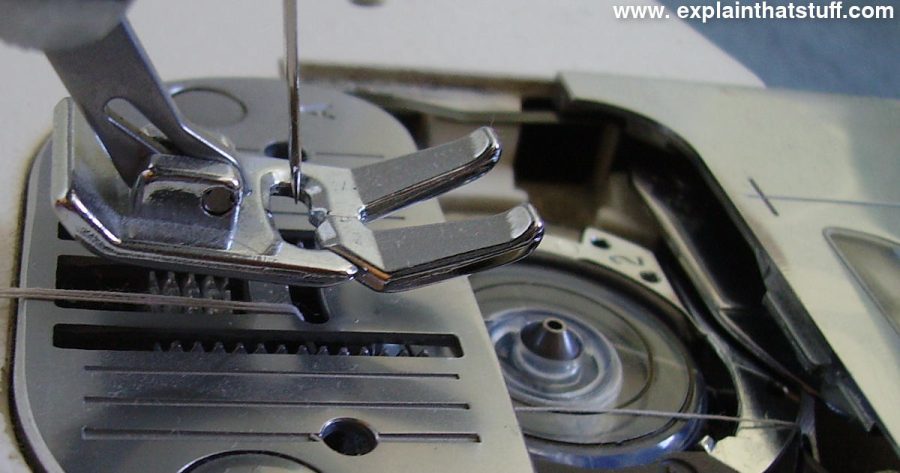
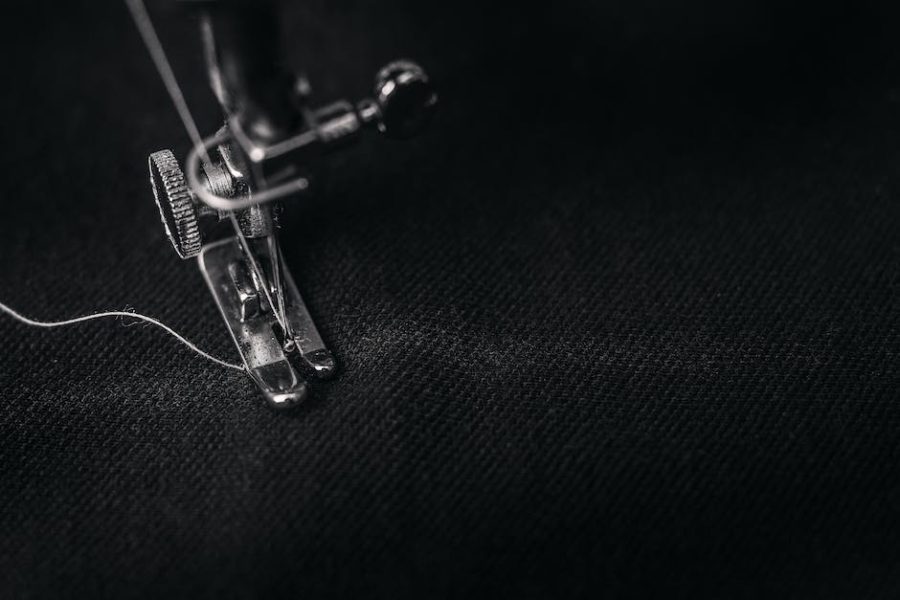
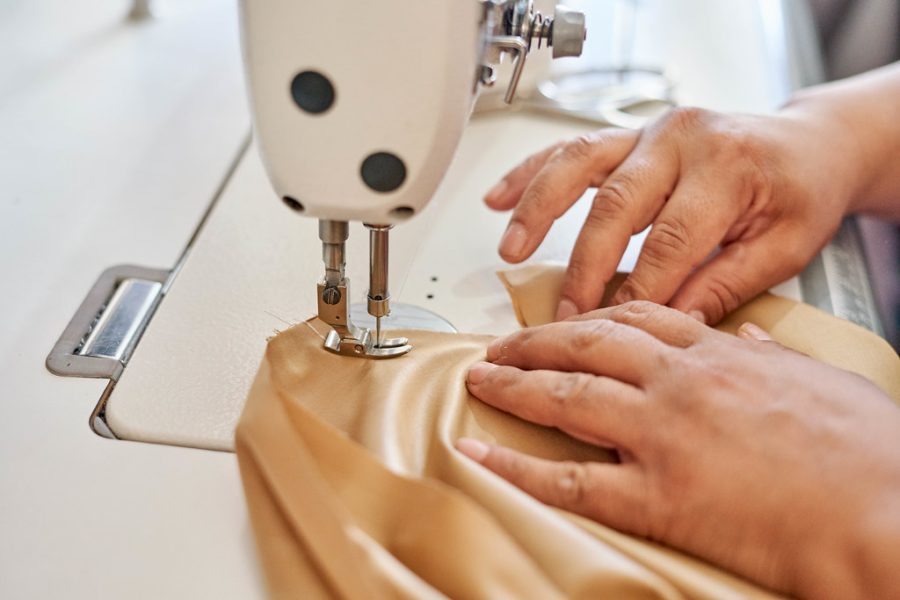
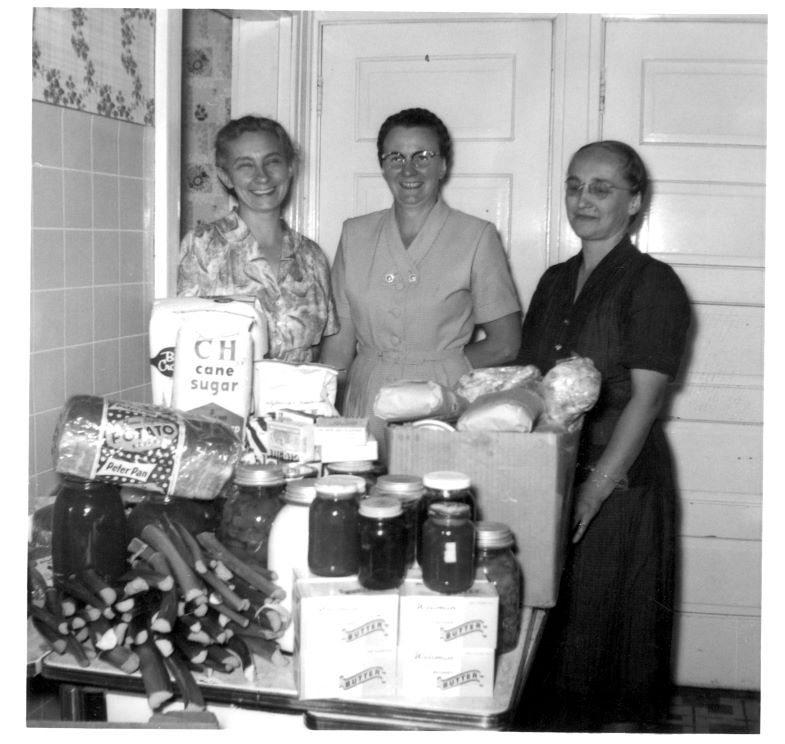
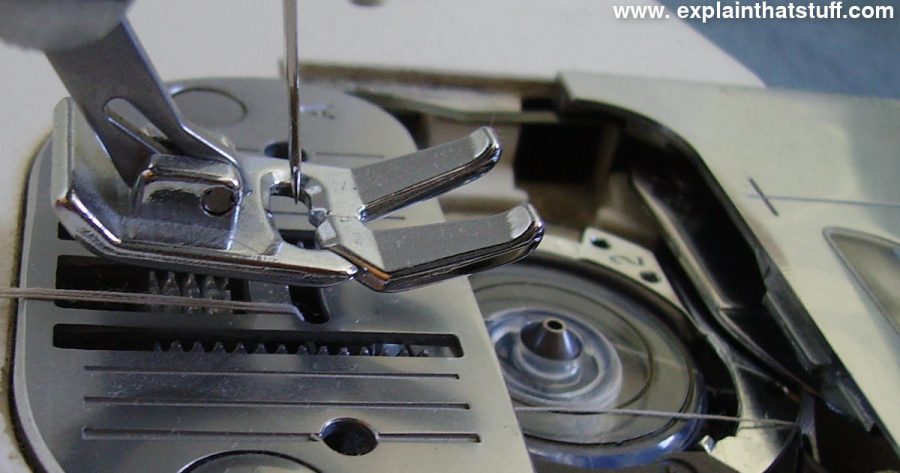
These tools look so essential. #SewingIsLife
Liz Taylor: I can’t wait to use my new sewing kit! #NeedleandThread
#SewingSolutions – Whether you’re a beginner or an expert, this post is perfect to fill your sewing needs! From needles to scissors, a range of tools can help you create beautiful designs and projects.
#ThreadsOfInspiration – This post is incredibly useful for all levels of sewing, providing vital information about the tools and their uses. A great guide to get started!